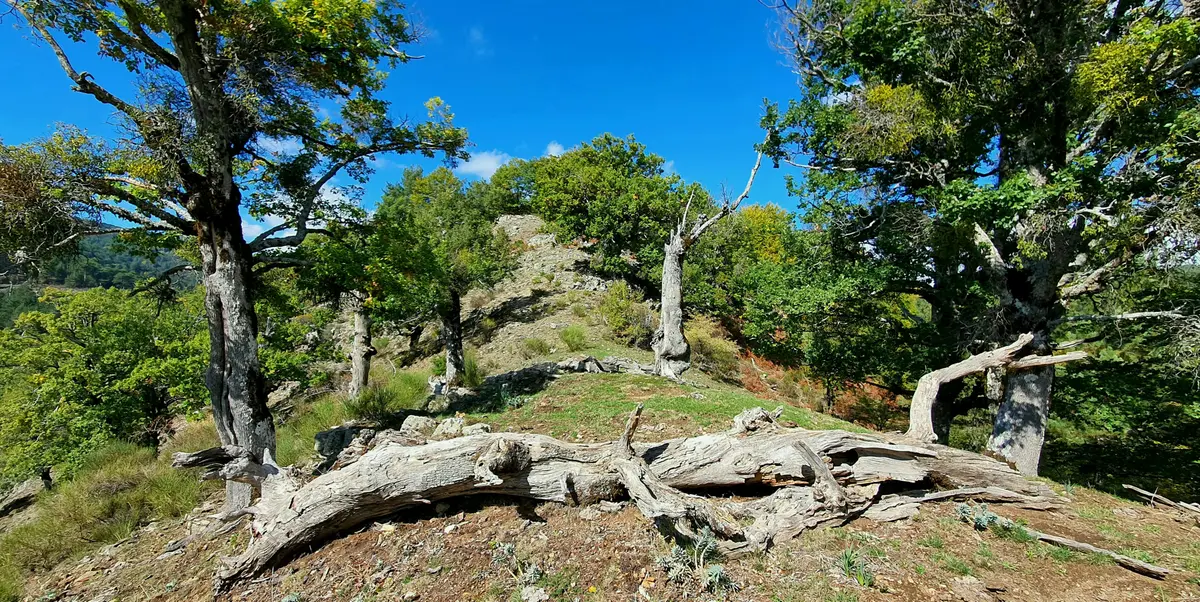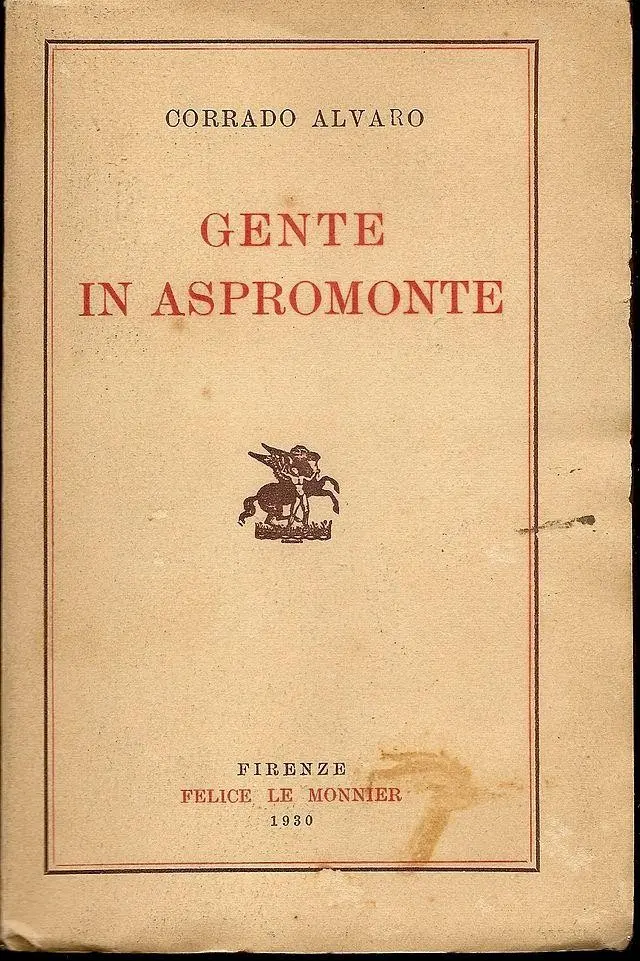Aspromonte Literary Park, from the Grand Tour to 20th century Calabrian writers
Literary trekking in the Aspromonte National Park

Art and Culture
Regione Calabria
Do you love experiences that combine nature and culture? Don't miss the literary trails in the Aspromonte National Park, in the province of Reggio Calabria.
We take you to the heart of literary Calabria, mysterious and wild: that of the shepherds with their "raw life", sung by the Calabrian Strega Prize-winning writer Corrado Alvaro, and the breathtaking landscapes described in pen and charcoal by the famous travellers and artists of the Grand Tour.
Let's discover the literary Aspromonte together on a romantic itinerary.
The Englishman's Path
If we want to follow in chronological order in the footsteps of writers and poets who have described the Aspromonte area of Calabria, we need to take a step back in time. Inaccessible places, steeped in mystery, which have always attracted the curiosity of travellers from all over the world. This was especially true during the fashion for Grand Tour in the 18th and 19th centuries, when writers of the calibre of Edward Lear ventured into the 'exotic' lands of the extreme south of Italy, driven by the great curiosity of the time. The so-called "Englishman's Path" is dedicated to this great traveller. It connects some of the Aspromonte municipalities that Lear passed through during his journey in Calabria, which he recounted in his famous reportage entitled Diary of a Journey on Foot (1847).
The Englishman's Path can be covered in seven days, passing through Greek villages (where the ancient Greek of Calabria is spoken) and characteristic rivers. The territory it crosses is a succession of dense woods that open up onto sudden clearings, breathtaking views that embrace both the Ionian and Tyrrhenian Seas, and ghost towns, among which Pentedattilo stands out.

In the places of Alvaro and Strati
The Aspromonte Literary Park passes through the historic centres of San Luca and Sant'Agata del Bianco, where we encounter two of the most important writers and intellectuals of 20th-century Italy: Corrado Alvaro and Saverio Strati. The literary itinerary dedicated to Alvaro includes a visit to the House-Museum and the "Alvaro places" mentioned in his works: the Church of S. Maria della Pietà and the remains of Palazzo Stranges, mentioned in both "Gente in Aspromonte" and "L'uomo nel labirinto"; the Loggia del Petto and the picturesque Buonamico river, until reaching the Shrine of the Madonna di Polsi, one of the most beloved and controversial Marian shrines in Calabria, to which the writer dedicated his debut work in 1912.
Equally rich in emotions is the itinerary that leads us to the town of Sant'Agata del Bianco, the birthplace of the writer Saverio Strati. Today's tribute to this illustrious son takes the form of a veritable open-air museum of street art. Sant'Agata del Bianco celebrates Strati through a series of murals painted on the facades of houses by great 'spray can' artists, inspired by the author's most famous writings: from Boy illuminated by the light of history to Hide and seek, passing through the now famous portrait of Tibi and Tascia, the journey is intense and summarises an entire artistic life.

https://calabriastraordinaria.it/en/news/aspromonte-literary-park-from-the-grand-tour-to-20th-century-calabrian-writers






